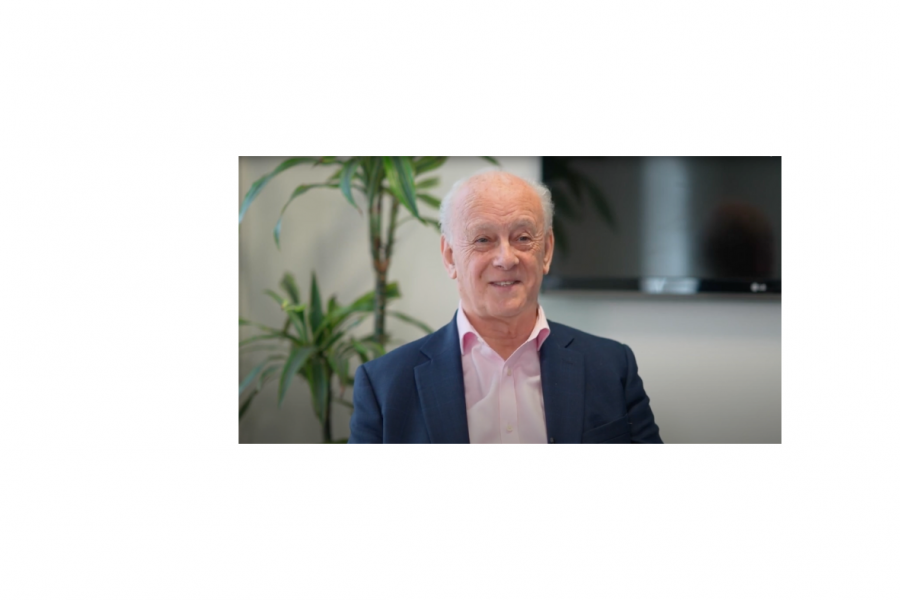Stewart Dalgarno is the Director of Innovation and Sustainability at the Stewart Milne Group, one of the UK’s largest independent award-winning housebuilders. Here is his thinking as to why now is the time for timber.
How do you develop your expertise in timber construction?
I developed my expertise in timber construction through working with the Stewart Milne Group for the last 38 years, as a house builder and as a timber frame manufacture. During that whole career I have lived and breathed timber frame construction, at the core of what we do, as a residential house builder.
What are you such an advocate for the use of timber in construction?
I am an advocate for the use of timber in construction because I just think it is the right thing to do from a sustainability point, but commercially, from a profit point of view, it is the most valuable commercial, attractive, simplest way to build homes. For the last 30 years we’ve been using timber construction and we would not be in the place we are today without using timber.
How has the industry changed in the time that you have been involved?
I have seen lots of changes in the industry since I’ve been involved, with the growth in the marketplace for timber frame construction in Scotland – 85% is timber framed. This is my heritage. I’m glad to see in England it has also increased now and will continue to grow. We’ve seen challenges come our way, but we have improved solutions that give us confidence going forward, to see the challenges in net zero carbon. On many occasions we’ve developed net zero carbon homes that will be, I think, something we will be proud of going forward in the future of the industry.
What are the benefits of modern methods of construction (MMC)?
The benefits of MMC are clear in my mind. As a housebuilder we see speed, quality, surety – a build on time – as being critical. Also, we are less reliant on bricklaying and critical skills are short in the marketplace. Using timber frame construction, for us, solves all of that.
Why is timber frame NOT the preferred method for many housebuilders?
The barriers to the uptake of timber construction I think of are just knowledge and sharing of good and bad experiences and learning from that – overcoming some of the perceptions that will arrive in the marketplace. For 45 years we’ve been building timber frame homes. We can get insurance. We can get warranty. We can get mortgages. We have never had a problem in our history of building timber frame homes.
What more needs to be done to increase the use of timber?
There’s more we can do to educate people on timber construction. There are lots of new forms of timber related construction in the market, such CLT (cross laminated timber) mass timber construction. So, more tests…more education…more knowledge centres. More innovation brings confidence in the marketplace, taking people with us on the journey – key people like warranty providers, lenders and insurers. To me that is one of the key things we should be doing more of to encourage more timber being used in the sector.
Can you summarise the benefits of timber for us?
The benefits of using timber compared to other materials for house builders is really the speed, quality, but really the sustainability credentials. We are finding through our ESG requirements nowadays that it is quite important to demonstrate, by using low embodied carbon materials. The fact that we use timber gives us a tick in that box, substantially, straight away.
What is the wider market for the use of timber in the housebuilding sector?
The wider market for timber frame is exciting and it’s progressing quite a lot. We see a lot of new housebuilders coming into the marketplace, small SME type developers, private rental developers, affordable developers and they’re all looking to use smart ways of building homes and really timber frame here is the ‘here and now’ answer for them.
How does timber frame meet the needs of the Government’s ‘Build Back Greener’ strategy?
Timber frame construction meets the build back better, build back green agenda because of its sustainability credentials. The fact there are less skills needed on a timber frame housing site than a traditional site and it’s just viable, so we can all enjoy the economic benefits of building new homes here in the UK.
How have you found your dealings with the insurance industry and what does it need to understand?
We have worked with them for many, many years and we ensure we have got the right standards, right qualities, the right fire tests of the kits and everything you need to technically prove this is a ‘here and now’ proven solution.
How does timber fit with the Future Homes Standard?
Timber fits with the Future Homes Standard very well. One of the key criteria of that is an energy efficient fabric. We have always believed in a fabric first approach, fit and forget, where you have got the insulation within the timber frame wall system and therefore you are reducing the heat load. That allows other technologies like solar panels and heat pumps that then decarbonize your home, to make the Future Homes Standard, to get to a net zero carbon outcome.
What do you think is the future for timber frame construction?
The future for timber frame construction, for me, is to do more in the factory and less on site. We’ve got a good heritage of making things, we can do more in the factory through automation – to put in insulation, put in windows, then maybe cladding, then maybe services. We’re bring a whole house system, a panelised system. We firmly believe it is the way to go. We think timber frame can be at the heart of that future.



